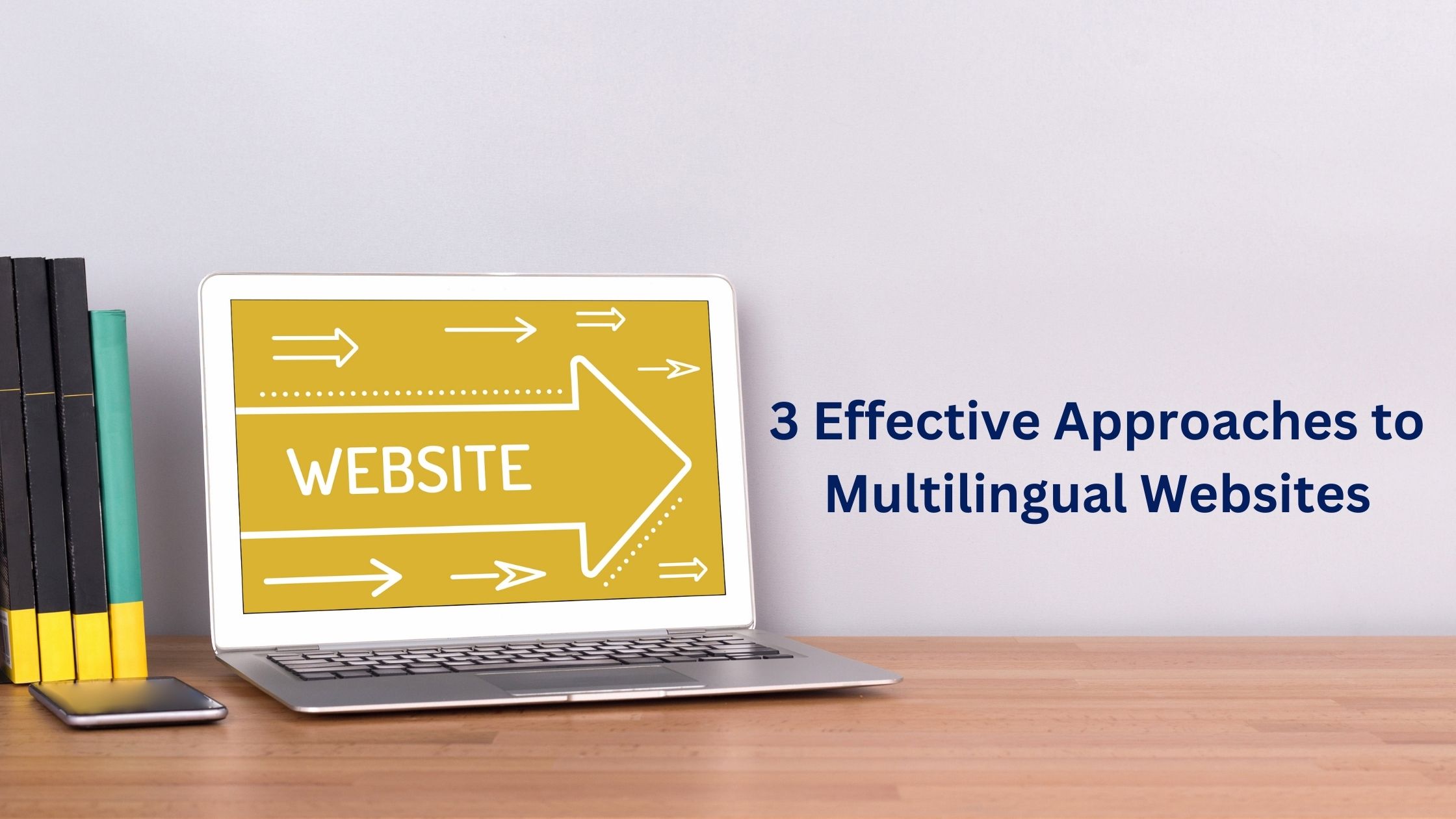Introduction
Localizing your website is critical for worldwide expansion and market penetration in new markets. You boost SEO and brand loyalty by ensuring your various consumers can readily access material in their local languages, which leads to more conversions and, ultimately, greater ROI. People will never become customers if they can’t locate your site or if they don’t like what they find.
Website localization is a topic that brings together marketing, localization, and web development specialists around a common goal: to simplify web content management procedures for different languages.
We shed light on how to evaluate which translation strategy works best for your material by examining the advantages and downsides of today’s localization technologies.
What is Website Localization?
Simply said, it is the process of improving your website content through culture and language in order to present your consumers with meaningful and relevant experiences. It covers everything from preparing your source site for internationalization to managing multilingual content across all of your new translated site versions. Here are several examples:
- Changing the layout to accommodate multilingual information (Because different languages affect the content length, the web layout must be adaptable.)
- Determine the utility of various graphics and icons (to ensure they are neutral or adjusted to the local culture)
- Currency conversion, measurement conversion, and date formatting for cultural compatibility
- Language testing and localization
Challenges of Website Localization
A natural initial step toward addressing these localization difficulties should be shared by all proposed solutions, namely structured content. Localization frequently involves the reuse of material in multiple settings, and structured content is the enabling premise.
In summary, your CMS should support content types, which implies that all content items of a certain kind are structured in the same manner—and hence may be processed the same way in different contexts. For example, the same fields from a specific content type, such as a title, prologue, product information, or picture, can be utilized across channels such as websites, applications, digital signs, wearables, and IoT.
This type of content reuse will enable, in turn, more complex techniques of localization.
We must also remember that localization does not always imply translation into other languages. Localization might imply, for example, filling a product database with fundamental product information for different markets by adding marketing texts, box texts, and so on.
3 Effective Approaches to Multilingual Websites
There are three tried-and-true methods for website localization. While all of them are successful, you may discover that one solution matches your needs and business procedures better than the others.
- Independent Projects
This method necessitates fully distinct teams and even separate tools, with relevant content teams and solutions operating independently in different countries. A tightly segregated strategy like this allows your organization complete freedom, but keep in mind that content and structure are distinct.
Each project must thus be handled independently, with human labor necessary to update, copy, and link material between projects. Such a strategy can be used by global corporations with vastly varying content and structures across their local subsidiaries or member businesses.
- Multilingual SEO
Customers that speak a different language must be able to discover you if you want to contact them.
Multilingual SEO comes into play here. Search engine optimization entails writing the text on your website in such a manner that it ranks better in the unpaid results of a search engine when people search for specific keywords. You may have found this page by searching for the terms “multilingual SEO” or “website localization.”
Customers who speak a different language will very certainly search in that language. So, if you want people to discover you, you must select SEO keywords in their language and ensure that your website is designed to rank high in search engines for those keywords.
- Using Translations
The third method involves taking a single piece of information and simply translating or replicating it in another language. This method places both the team and the tools in the same system, allowing for tight collaboration and synergy. Localized common material might be a possible solution if you have a website and want it to be available in many languages.
In this technique, the most frequent solution to meet multilingual needs is to have distinct fields for each language—for example, one set of fields for English, a similar set of fields for French, and so on.
Summing Up
You must have a clear domain strategy regardless of the localization technique you use. This entails deciding whether to use separate top-level domains, subdomains, or URL parameters such as.com/en and.com/fr.
Check that your chosen method is supported by your existing or future content platform and that it is SEO friendly in order to optimize your organic traffic.
We can help you get from local to global, whether you are about to launch your website in a new language or are suffering with your present online content translation operations.




